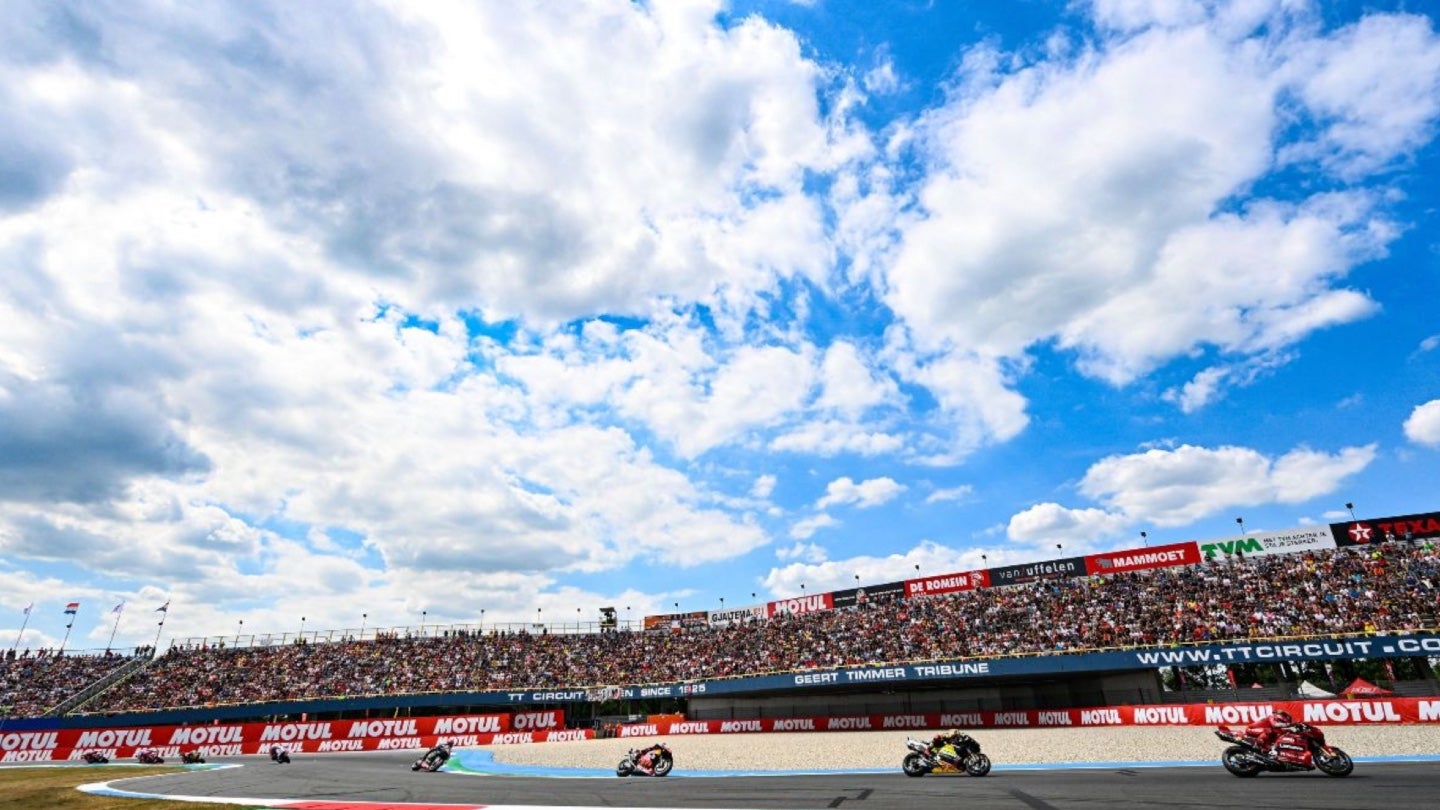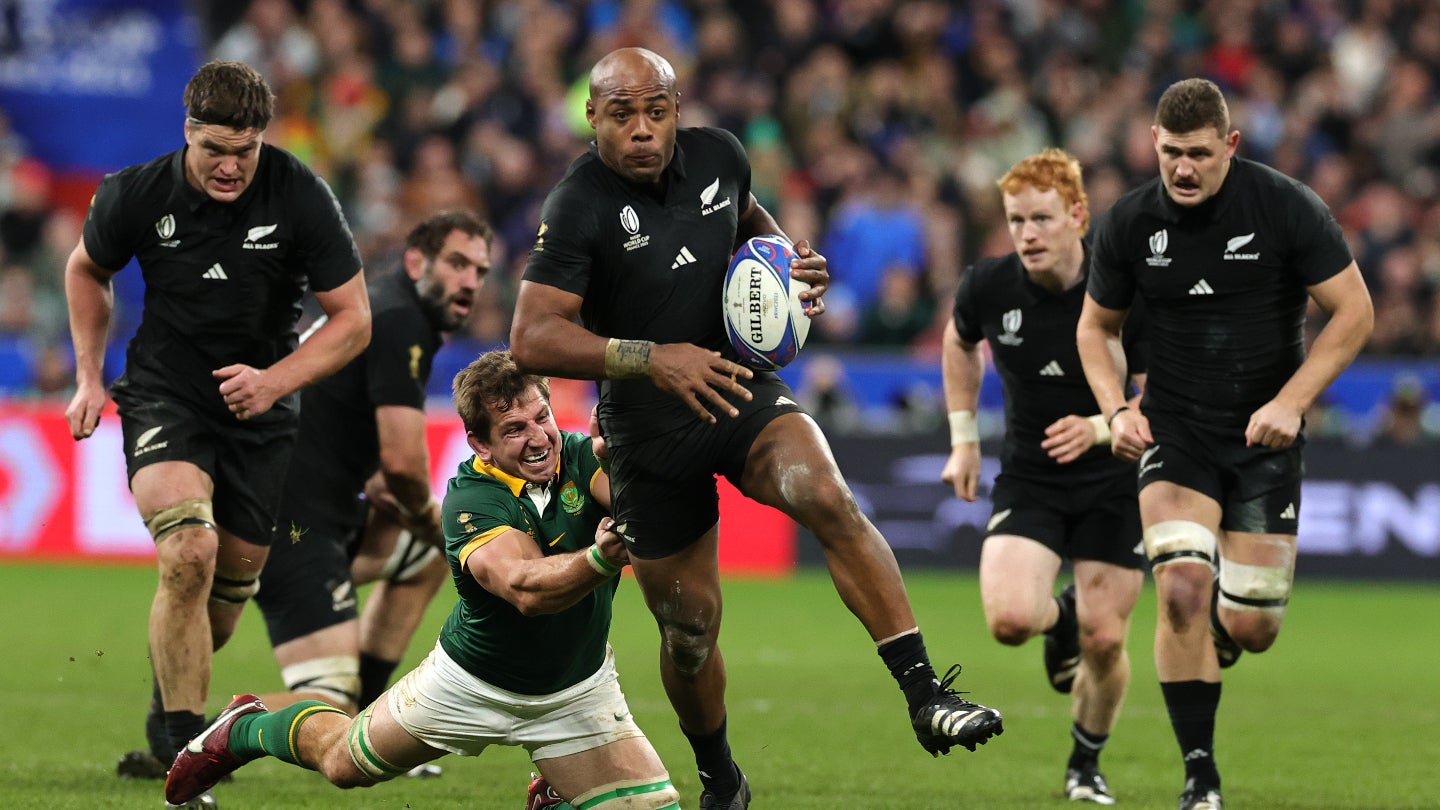Revenue in the European soccer market increased by 16% in the 2022-23 season to a record €35.3 billion ($37.7 billion), with a rise in matchday and commercial income across the ‘big five’ leagues a major contributing factor.
Global professional services firm Deloitte’s 2024 Annual Review of Football Finance report showed that the English Premier League, German Bundesliga, Italian Serie A, Spanish LaLiga, and French Ligue 1 accounted for €19.6 billion (56%) of the overall figure.
The 2022-23 season was the first since 2018-19 that was unaffected by the Covid-19 pandemic, albeit it did include a pause halfway through the club season for the 2022 FIFA World Cup in Qatar.
All big five European leagues saw combined matchday revenue increase, growing by €700 million (35%) to €2.8 billion (average 14% of clubs’ total revenue) in 2022-23.
Bundesliga and Serie A clubs reported the largest increases after release from the pandemic stadia restrictions that had impacted part of the 2021-22 season.
Combined commercial revenue of clubs grew by €1.2 billion (19%) to €7.6 billion, driven by new and improved sponsorship deals, non-matchday use of stadia, and Ligue 1 clubs’ receipt of central distributions from the league’s private equity deal with CVC Capital Partners.
Meanwhile, broadcast revenue for clubs in the big five leagues was €9.2 billion, a minimal rise on the previous season (€8.9 billion) as 2022-23 was the second campaign for the broadcast rights cycles for Serie A, Bundesliga, Ligue 1 and for UEFA club competitions, and there were only relatively small increases in overall values for new deals commencing for the Premier League and LaLiga.
Deloitte forecasts clubs’ combined revenue across Europe’s top leagues will reach around €21 billion in 2024-25.
The Premier League clubs brought in the largest revenue, accounting for €6.1 billion (up 11%) which set a record.
Growth across that competition was predominantly driven by increased broadcast revenue, as the Premier League’s new international rights agreements commenced.
Broadcast revenue increased 9% (£278 million) to £3.2 billion in 2022-23, primarily due to higher distributions to clubs from the Premier League’s international broadcast deals - more lucrative than the previous agreements - that run to 2024-25.
Commercial revenues were also up significantly, increasing £221 million year-on-year to just under £2 billion. The vast majority of this growth was driven by the Premier League’s ‘big six’ clubs, with Manchester United (up £46 million) and Tottenham Hotspur (up £44 million) having the largest increases.
The average revenue of the 20 English top-flight clubs surpassed £300 million for the first time.
Total revenue generated by Bundesliga clubs, meanwhile, grew 22% to €3.8 billion, the largest percentage growth of the big five leagues.
Matchday revenue in the Bundesliga nearly doubled from the previous season, amounting to €500 million (a 94% increase), as Covid-19 restrictions were lifted and fans returned to stadia. Bundesliga clubs also had the highest average attendance among the big five leagues, at 42,966 spectators per match.
Broadcast revenue for top-flight German clubs grew by 10% to €1.5 billion. This was largely driven by the stronger performance of domestic sides in the Champions League as four Bundesliga clubs reached the round of 16 in the 2022-23 competition, in contrast to only one in 2021-22.
Commercial revenue in the 2022-23 Bundesliga, meanwhile, increased 19% to reach €1.8 billion (up from €1.5 billion). New sponsorships contributed to this growth, including four new kit deals and three front-of-shirt sponsors for Bundesliga clubs.
In Spain, LaLiga clubs achieved a record high aggregate revenue of €3.5 billion in the 2022-23 season, averaging €177 million per club.
Domestic giants Real Madrid and Barcelona both had revenue in excess of €800 million - the average revenue of the other 18 LaLiga clubs, as a contrast, was €106 million.
Spanish sides suffered an 8% decrease in aggregate broadcast revenue (largely attributed to weaker performance in the Champions League in 2022-23), but this was offset by improved matchday revenue (up €131 million and 32%) and commercial revenue (up €274 million and 29%).
LaLiga teams generated €1.2 billion in commercial revenue, with 67% reported by Real Madrid and Barcelona, who experienced 45% (€128 million) and 27% (€85 million) growth in commercial revenue respectively.
Barcelona, who have been struggling financially for the last few years, reported an operating loss of €206 million, while the league as a whole posted losses of €45 million.
Moving to Italy Italy, Serie A clubs generated €2.9 billion of revenue in 2022-23, averaging €143 million per club, a 22% increase on the previous season and a record high for the league.
Broadcast revenue was again the largest contributor (54%) to the clubs’ total revenue, growing 15% (€194 million) to €1.5 billion. This was due to Serie A clubs’ strong performance in UEFA club competitions, with three progressing to a final, two to a semi-final, and one to a quarter final.
However, matchday revenue was the most significant driver of overall growth. The easing of Covid restrictions drove an 88% (€202 million) increase in matchday revenue to €434 million compared to 2021-22 (€231 million).
All 17 clubs that participated in Serie A in both the 2021-22 and 2022-23 seasons recorded an increase in matchday revenue, with Napoli recording the highest relative growth (€32 million, 261%), as the club enjoyed its first title-winning season since 1989-90.
Commercial revenue of Serie A clubs reached €900 million, up 14% (€109 million) on the previous season.
Lastly, the combined revenue of clubs in France’s Ligue 1 grew by 17% in 2022-23 to €2.4 billion, averaging €119 million.
The increase came despite a small reduction in broadcast revenue and minimal growth in matchday and commercial revenue because of income from CVC’s investment into a commercial subsidiary of the league’s LFP body.
Ligue 1 clubs will reportedly receive €1.2 billion across the 2022-23, 2023-24, and 2024-25 seasons, with the amounts varying by clubs and by season, according to a pre-defined schedule.
The second and third tranches of distributions are dependent on successful application by clubs outlining how funds will be invested across a set of agreed expenditure categories, designed to improve infrastructure, competitiveness, and the international brand of the league.
This growth facilitated by CVC’s investment offsets a reduction in Ligue 1 clubs’ aggregate broadcast revenue, which fell 3% (€23 million) from the previous season to €700 million.
Ligue 1 recorded the lowest broadcast revenue amongst the big five leagues in 2022-23. The reduction can be attributed to clubs’ weaker performances in UEFA competitions compared to 2021-22.
















